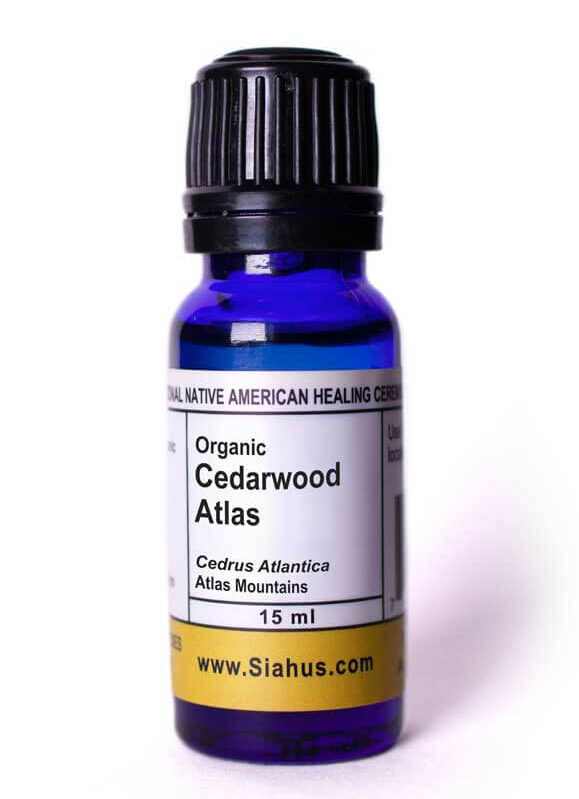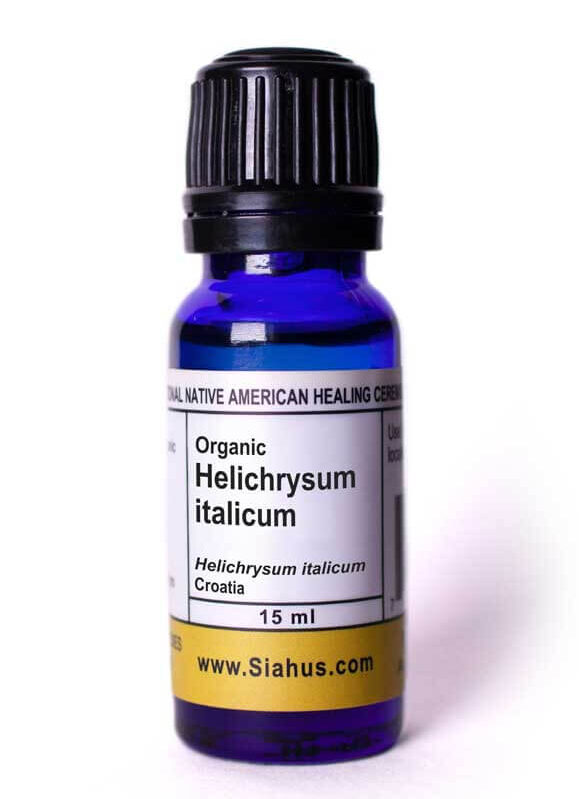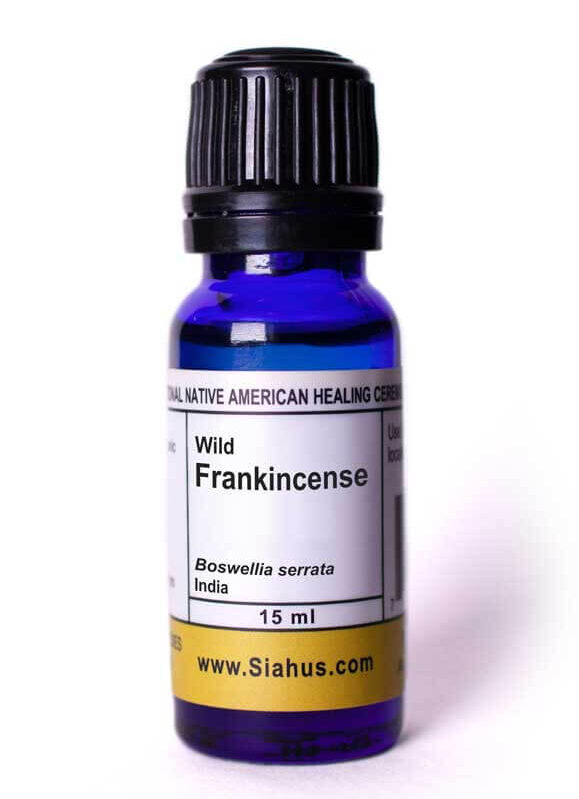Description
Man Found Standing Writes:
Calamus, Organic: Nepal (Acorus calamus)
With a strong worldwide history of spice, fragrance, and therapeutic usages, Calamus has been used for a wide array of purposes for many thousands of years. Even though the plant is not considered to be native to Egypt, its earliest recorded Egyptian mention was around 1300 BC. Calamus is one of the ingredients of the “Holy Anointing Oil” mentioned in Exodus 30: 22-25 and some North American tribes frequently relied on the therapeutic properties of this perennial plant.
Preferring marshes or well-watered muddy areas, the roots grow six feet in length and have the strongest fragrance. The chemistry of the oil will vary greatly depending on what part of the plant is being distilled and what part of the world the plant is grown in. For the most part the Therapeutic Oil has a very strong somewhat unpleasant fragrance.
There is quite a lot of miss information and poor science being put out about this oil mostly because of the high levels of beta-asarone. In 1968 the oil was banned as food additive by the FDA because laboratory studies showed that extreme doses for long periods of time of the isolated chemical beta-asarone assisted laboratory animals to develop tumors. Since Healers are not into extreme doses for long periods of time, and because there is a long historic therapeutic use for this plant, its proper use can have wonderful therapeutic benefit.
Primary Usages: General health tonic to ward off illness (reduces fevers and fights infection) and microbes. Assists the brain and nervous system (stimulating, cerebral circulation, neurodegeneration, neuroprotective, epilepsy, memory loss, shock, calming effects, assists in the treatment of Alzheimer’s disease). A well-known remedy for the respiratory system (throat irritations, inflammation, coughs, bronchitis, relaxes airways, decongestant, expectorant, asthma, hoarseness) and the digestive system (laxative, stops flatulence, sooths the stomach, aids digestion, colic, stops cramps, and kills parasites).
Secondary Usages: Used to balance blood sugar and assist diabetes. Aids better urination, has a relaxing effect on smooth muscle tissue, cardiovascular support, insecticidal properties, and assists in relieving toothaches, mouth disease, and laryngitis.
Has Been Reported: Beneficial for inflammation of the skin, pain relief, antispasmodic properties, cancer, and in Ayurvedic medicine it is said to counter the side effects of hallucinogens however reports show that overuse may cause visual hallucinations.
Descriptor: Antifungal, Antimicrobial, Antibacterial, Anti-infectious, Antioxidant, Immune Balancing, Antiseptic
Application: On location and as a tonic.
Caution: Considered cytotoxic (toxic to cells) in large amounts so use sparingly.
Influences: Rejuvenating, promotes self-expression, spiritually uplifting, calming.
Medicine Wheel: Primary East and Secondary North and West. Increases the Guardian Qi (immune system) and Normalizes the Qi. Tonifies and Strengthens the Lung Qi.














Reviews
There are no reviews yet.